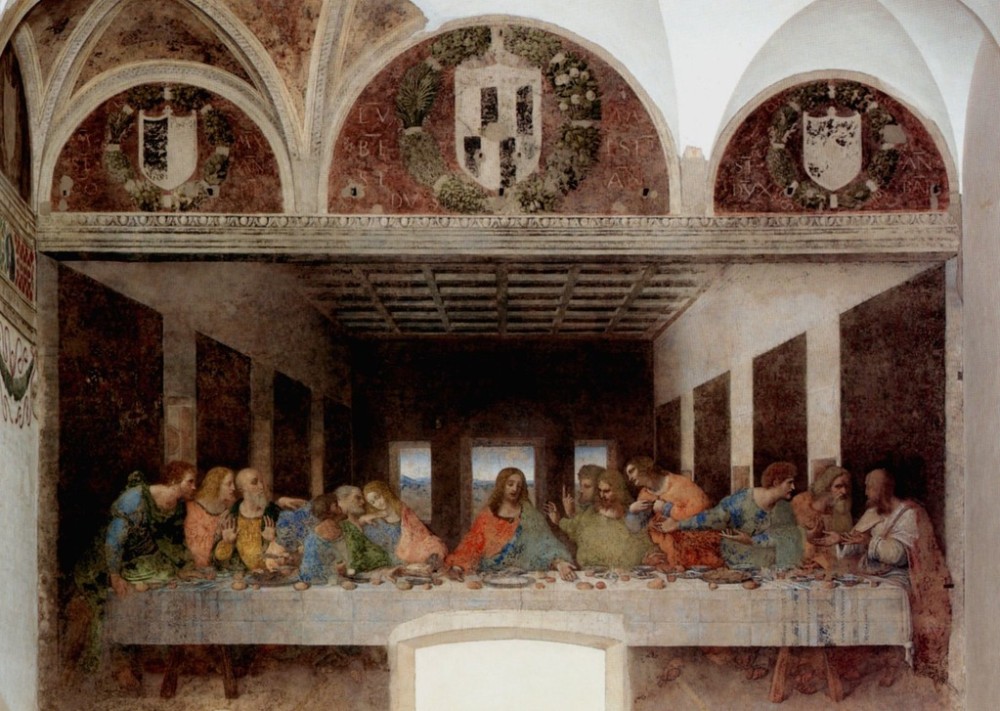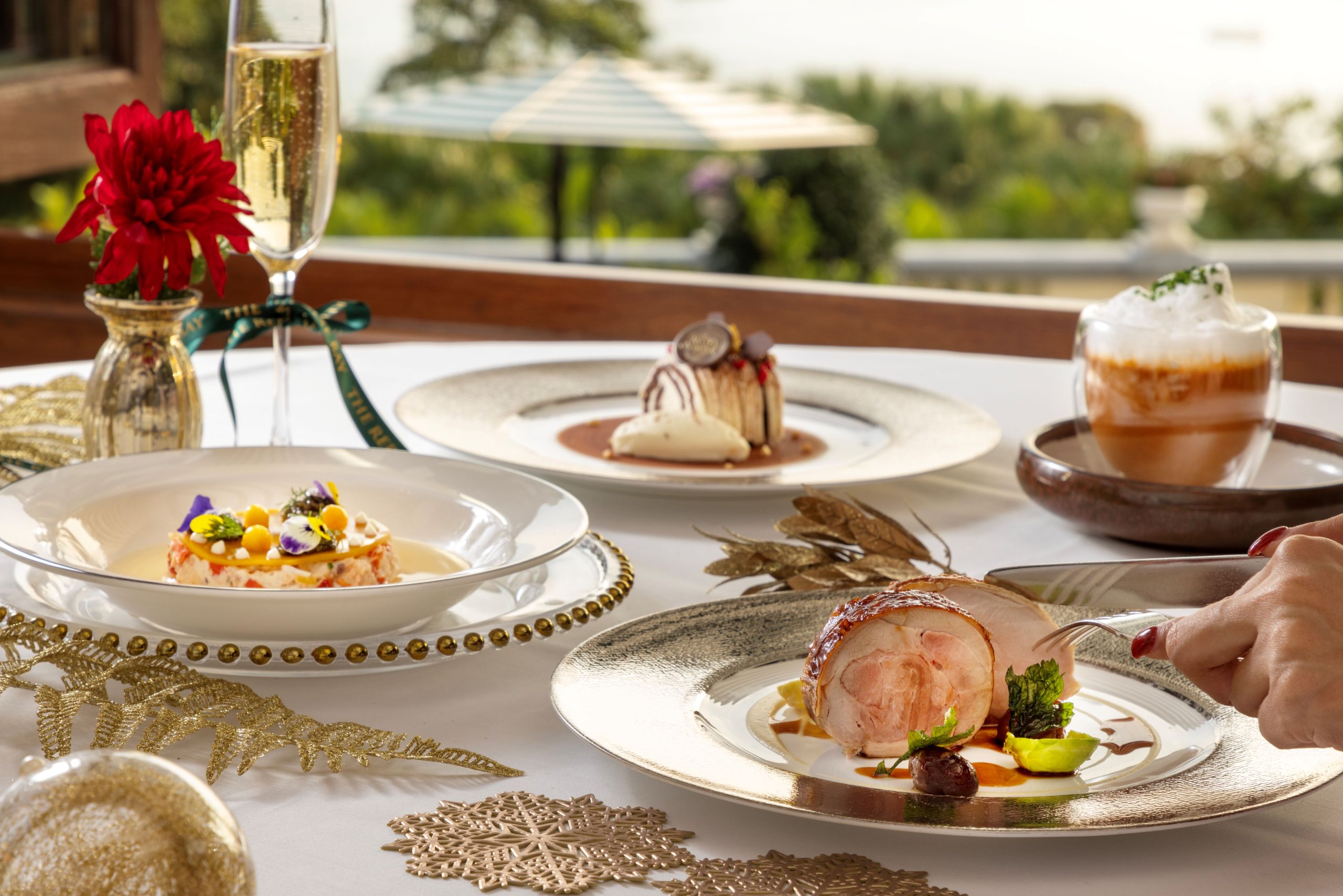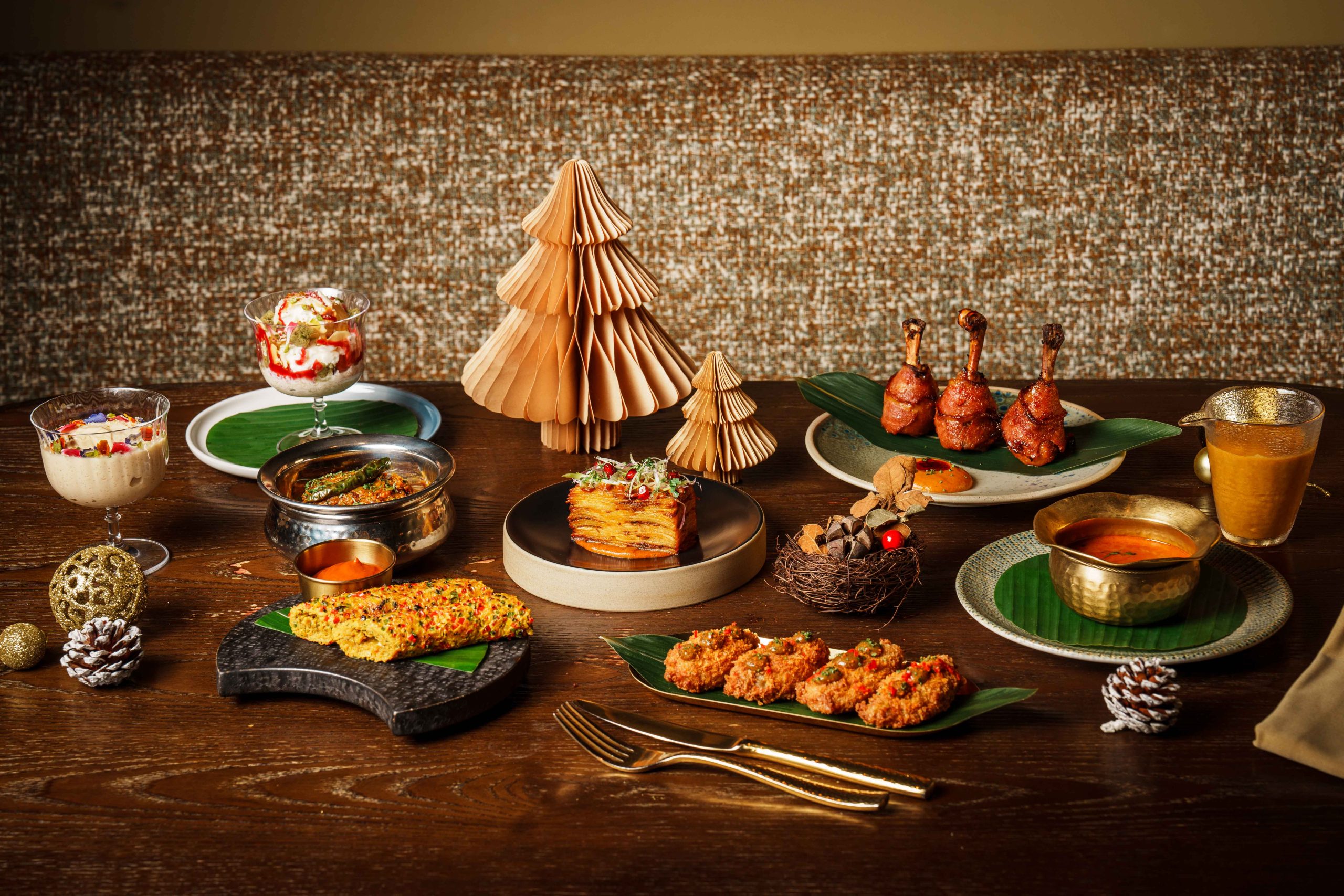
This article was written by #legend guest contributor Celene P Loo
Harvard educated Celene Loo is a Venture Capitalist and investor, as well as author and artist. She is also an accomplished marathon runner (having completed seven marathons on seven continents in seven days as well as Everest Marathon). She is the founder of the charity Giving Bread.
Leonardo da Vinci’s The Last Supper is unanimously considered one of the greatest artworks of all time; a grandiose painting with enigmatic vibrations, some of which are still being debated 500 years after the death of the artist.
In this masterpiece depicting Jesus Christ’s last meal with his disciples, the maestro executed the scene with science and mathematical calculations, complete with rhythmic consonance of exaggerated body language to stage a stupendous theatrical performance.
After admiring the painting in Milan, guest contributor Celene P Loo explores the origin, meaning and significance of this timeless masterpiece.
Leonardo da Vinci
The word “genius” or “Renaissance man” may be inadequate to describe this overachieving polymath. How can one single person be endowed with so much cerebral supremacy and physical finesse? Artist, sculpturer, inventor, scientist, engineer, geologist, architect, musician, botanist, biologist, astronomer, producer, writer…. Surely one single person cannot possibly possess so much colossal talent, producing insatiable works which span a smorgasbord of disciplines!
The Painting in Milan
In 1494, Leonardo da Vinci was commissioned by the Duke of Milan to produce a painting on the biblical account of the last supper of Jesus Christ inside the Convent of Santa Maria della Grazie. The specified location was the wall of the dining hall inside the church. It took him three painstaking years to complete, during which spectators would visit and sit quietly to watch him work. His artistic creation amalgamated with sciences was unprecedented, and orchestrated by his quirky personality, led to each painting session becoming a public intellectual forum in the vibrant town.
Today, access to view this delicate masterpiece is notoriously difficult to get, as the museum authority caps the number of visitors per day to thirty persons at any given time, with each viewing 15 mins. Advance ticket is mandatory and visitors are required to dress respectfully (no shorts!).
The very moment I laid eyes on the real-life The Last Supper, I was juggernaut by its galactic magnificence. Spellbound, I gasped; tears started to brew in my eyes. One of the under-acknowledged elements of this magnum opus is that it was painted on a wall. Painting on walls dates back to cavemen with human’s unquenchable desire to populate our surroundings with creative imagery. To embellish a blank wall with images is to activate space into life. But painting on walls also pose challenges to longevity due to the susceptibility to decay.
The painting is 460cm high and 880cm wide, which means the right vantage point for optimal viewing would be a significant distance back – a challenge inside the compact refectory of the Church. With this limitation, the prodigy pioneered the use of “complex perspective”, an alchemy of optical illusions. The ingenious da Vinci hammered a non-intrusive nail in the center of the wall and cut thin incisions radiating out. This helps to channel receding lines (orthogonals) towards the forehead of Jesus who sits in the middle, manipulating cornea perspectives through experimenting with light rays.
The Gospels of Matthew, Mark and Luke record The Last Supper, a crucible event of Jesus the night before he died. The Last Supper was a Seder (Jewish Passover observance) where the two key meal elements (unleavened bread and wine) took on a new messianic significance that came to define the Christian faith. Breaking bread, Jesus said, “Take, eat; this is My body which is broken for you”. Holding the cup of wine, he said: “Drink, this is my blood in the new covenant, poured out for the forgiveness of sins”.
One challenge facing the eccentric artist was how to properly represent Christ’s cataclysmic bombshell: “One of you will betray me”. Confronted with a two-dimensional wall, Leonardo once again used the then relatively new scientific technique of one-point perspective to visually break the spatial wall to display the explosive revelation on an emotional level; the crescendo highlighted by theatrical hand gestures of His disciples especially the traitor.
The Mystery of Numbers
Scholars and die-hard fans of conspiracy theories have speculated on the transcendent messages that da Vinci was trying to communicate through numerology. The 12 apostles are arranged in four sets of three. There are three sets of tapestries on each wall with three spaces between them. The backdrop in the center has three open windows framed by four structural pillars.
In Christian catechism, the number three represents both heaven and the Holy Trinity (Father, Son and the Holy Spirit); and the number four is the four corners of earth. The addition of three and four equals seven, which means victory or completion in the bible, and its multiplication (3×4) represents the 12 apostles of Christ. There are more permutations but my personal belief is that overall, the precise numbers and their derivatives point towards human’s intrinsic relationship with God in the metaphysical realm.
From da Vinci’s notebooks, where he did sketches for the painting, we see evidence that he incorporated the Pythagorean musical ratios (12:6:4:3) into the architectural layout. The entire wall surface is divided into a grid of 12 units in width and six in height. Four tapestries hung on opposite wall and 3 windows in the center behind Christ. The depth of the tapestries was further meticulously painted to follow the ratios of 1: 1/2: 1/3: 1:4 (12:6:4:3).
With a grand finale, the mural’s embracing arms epitomize a symphonic speaker, resonating visual “sounds” ensconced on the painting towards the audience. Although musical notes of the painting cannot make literal sounds, their cryptic inclusion in the composition calibrates its purpose symbolically – in bona fide da Vinci’s style. One other observation: the disciples sit in a pattern of 33133 (yes yes I’m a numbers geek!). I wonder if da Vinci, who was accused of homosexual acts as a young man in Florence, may be pleading for his personal redemption with biblical verse in Lamentations 3:31-33: “For no one is cast off from the Lord forever.”
The Last Supper Room in Jerusalem
The cenacle (Upper Room) where the last supper was held over 2,000 years ago, is located on the upper floor of a two-storey building, above King David’s Tomb in Jerusalem, Israel. I’ve visited it numerous times; the most recent being October this year. While the room itself is spartan and nondescript, it can be a serene meditative place (sans the platoon of tourists). I imagine how intense the dinner must have been, and its historical milestone. The Last Supper of Christ is beyond feasting with close friends. It is about sacrifice, redemption and forgiveness. It is the ultimate act of love and grace in action. “There is no greater love than to lay down one’s life for friends.” (John 15:13).





